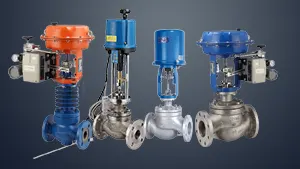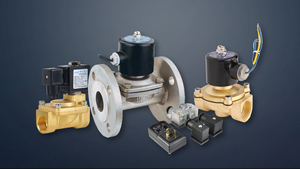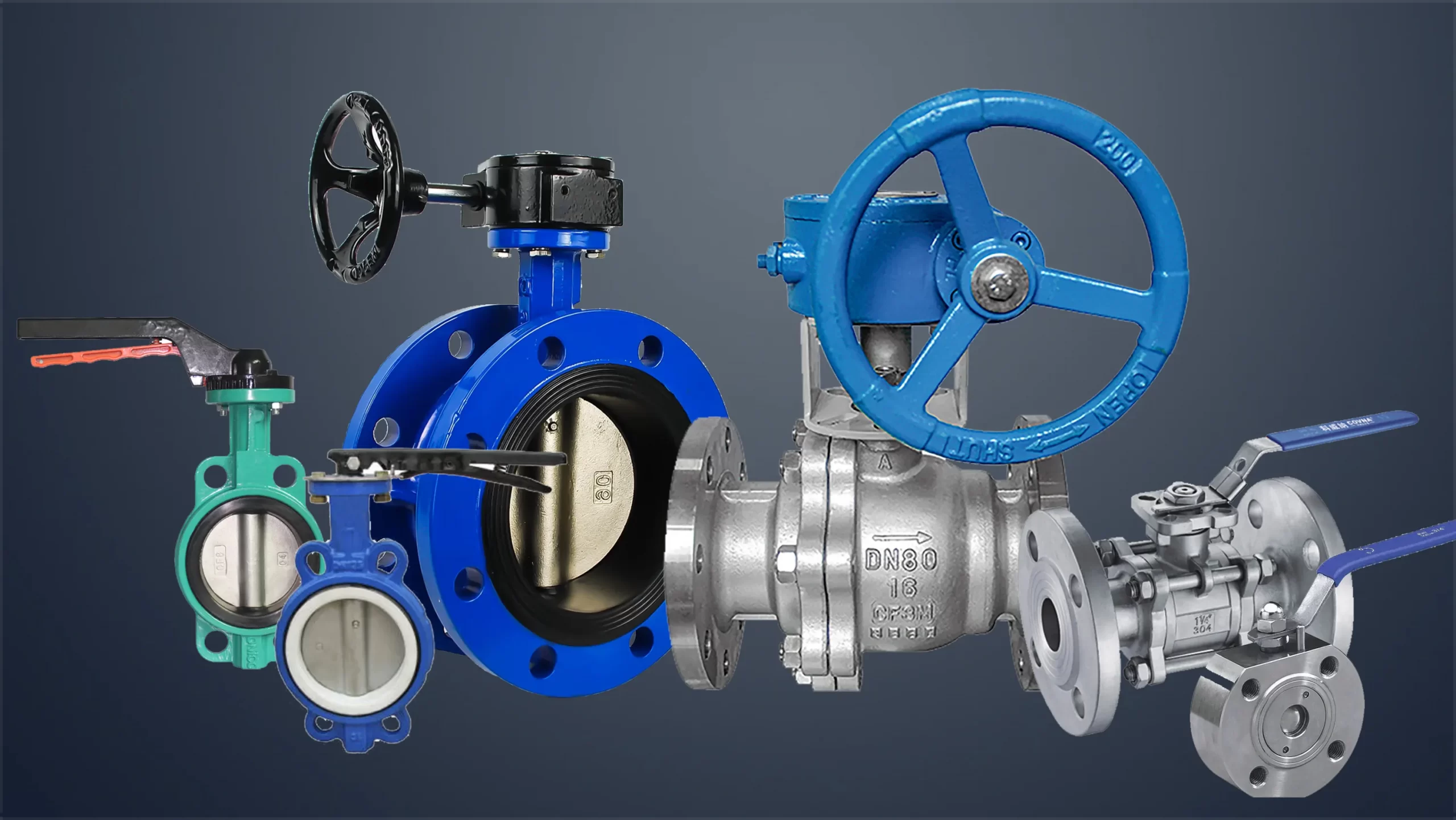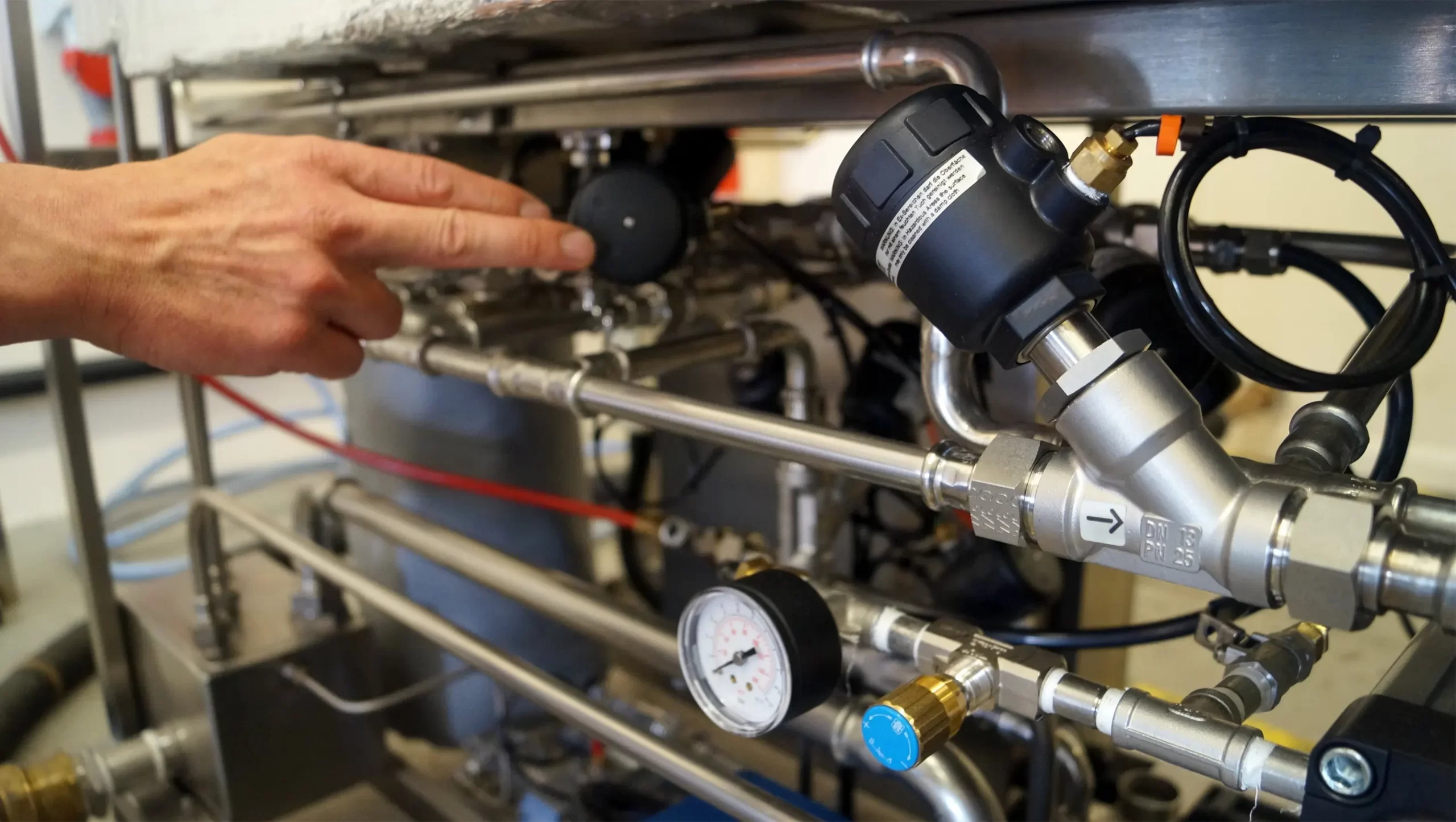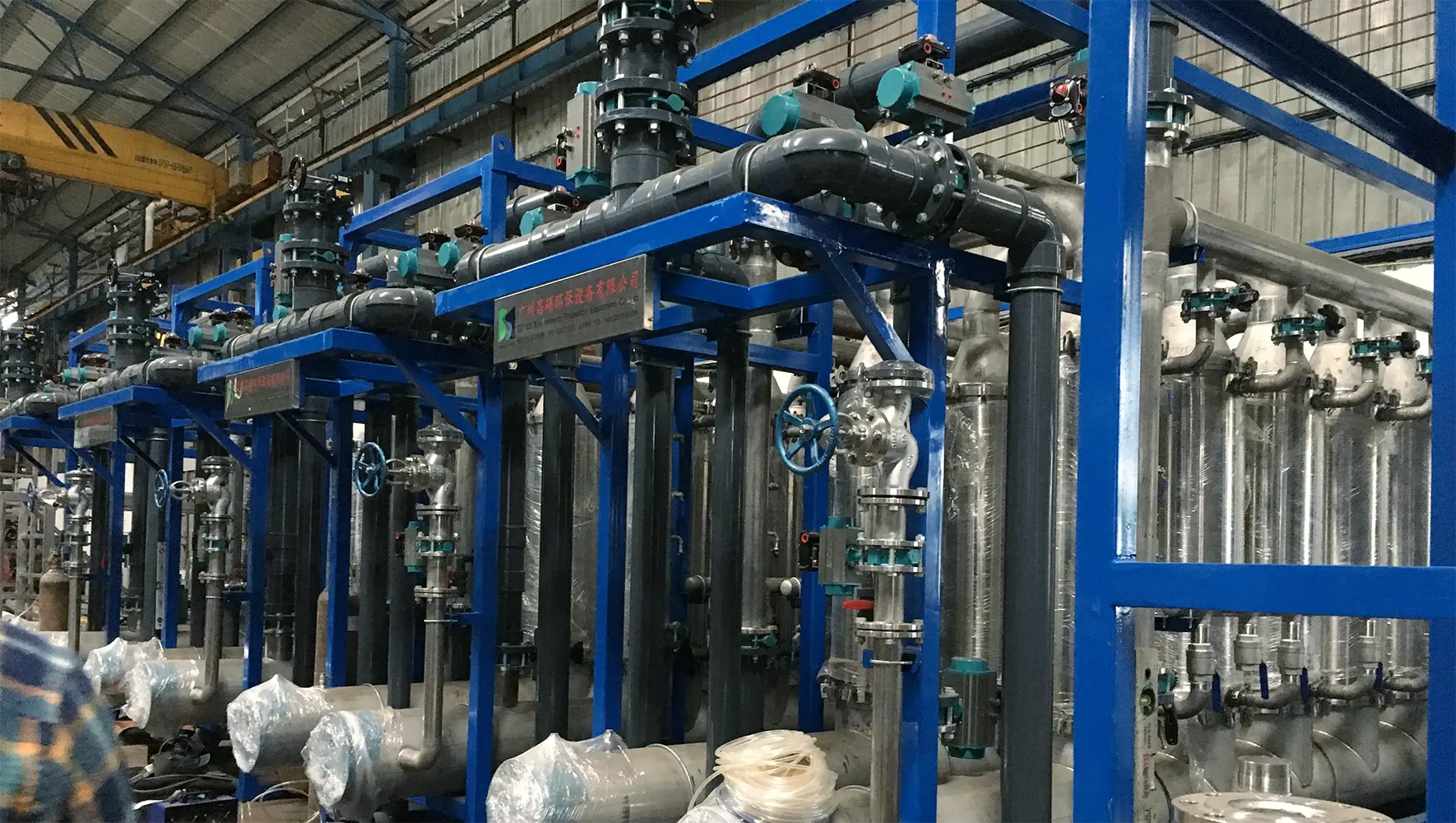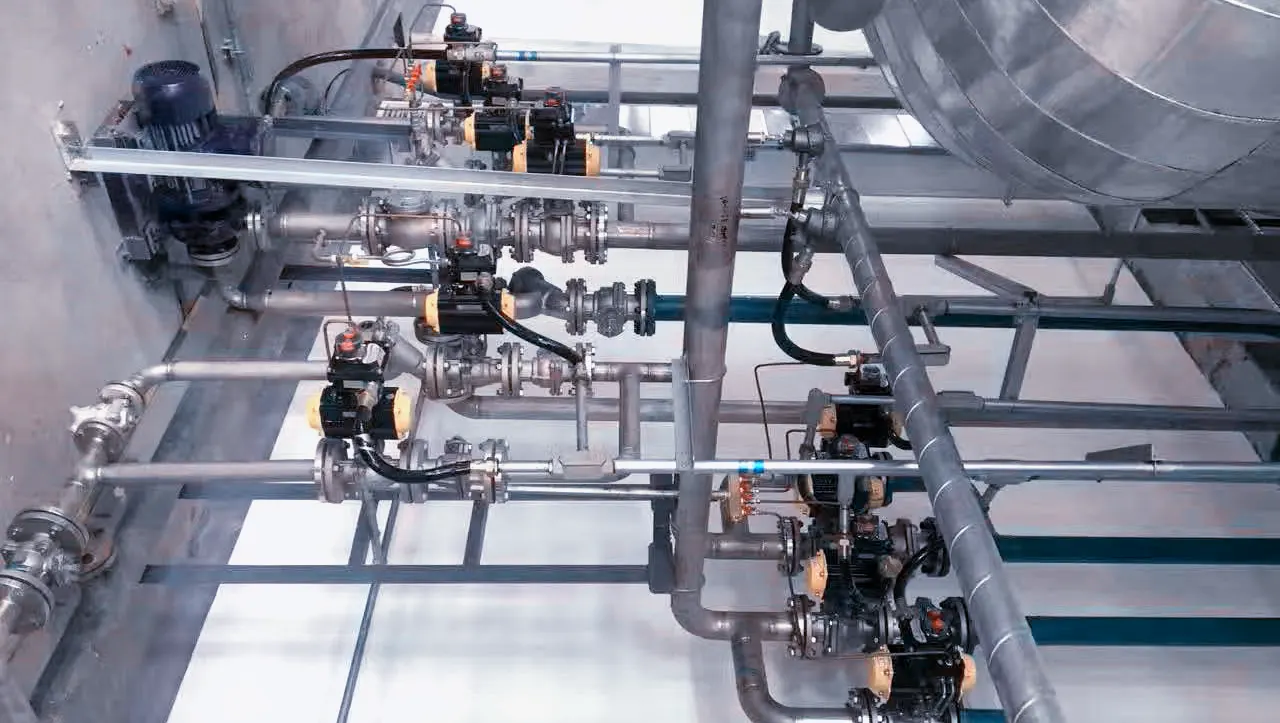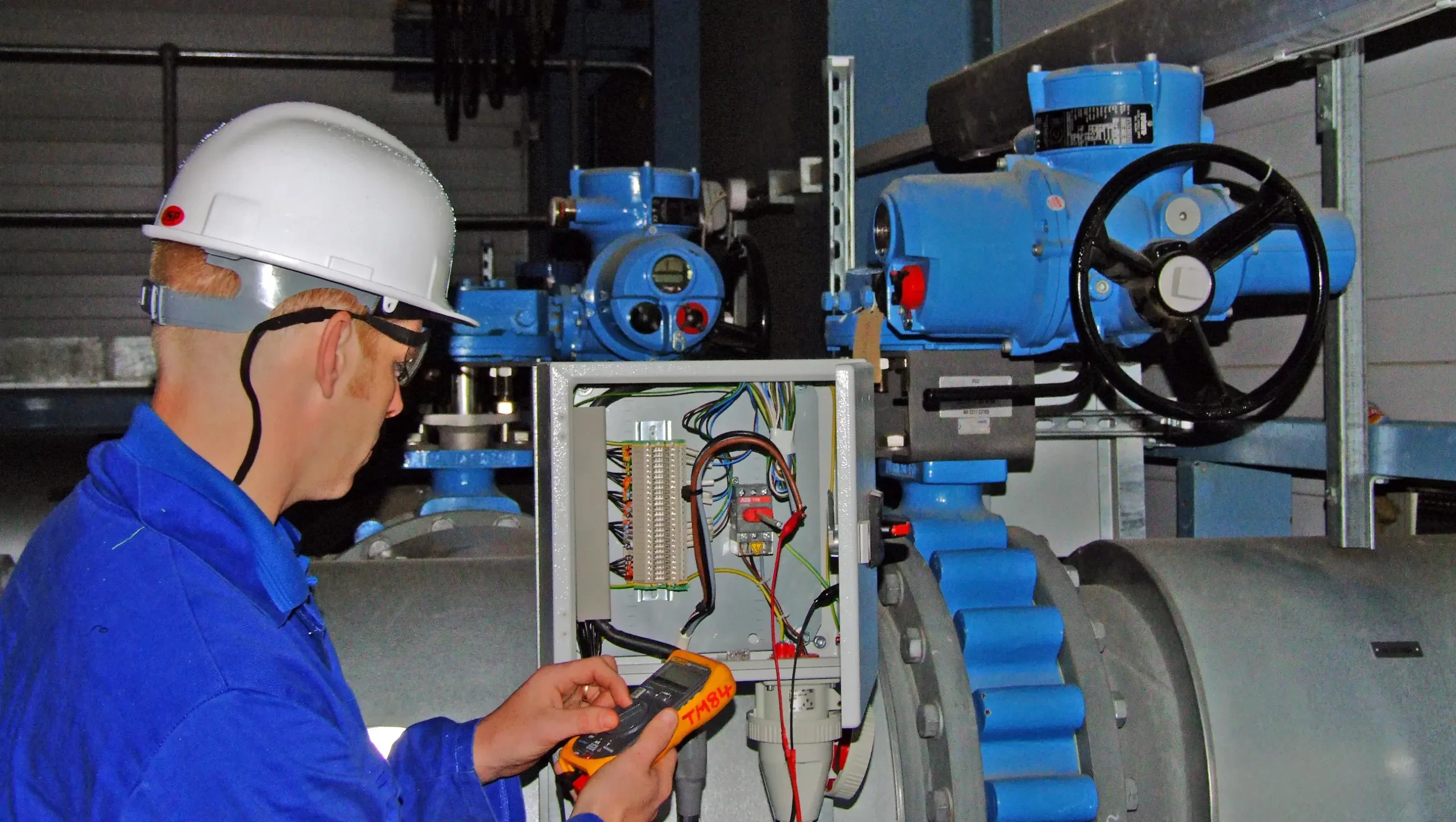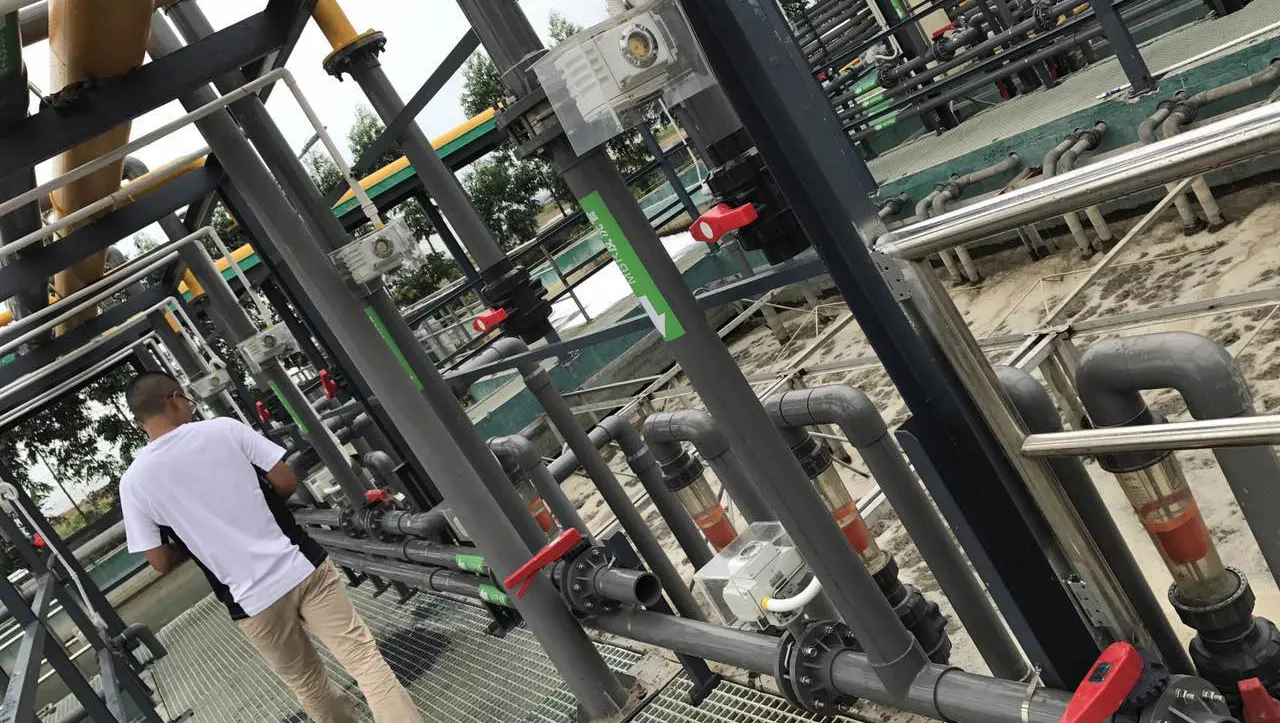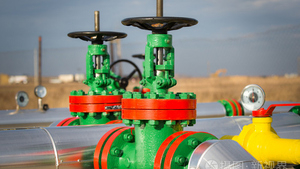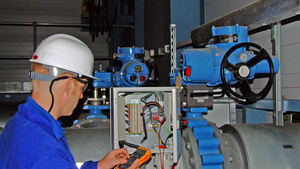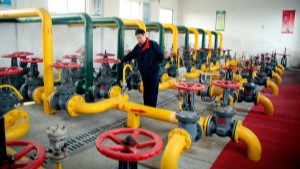The gear transmission is a mechanical transmission that uses the gear teeth of two gears to mesh with each other to transmit power and motion, and uses the gear teeth of the main and driven wheels to directly transmit motion and power. According to the relative position of the gear axis, it is divided into parallel shaft cylindrical gear transmission, intersecting shaft conical gear transmission and cross shaft helical gear transmission. It has the characteristics of stable transmission, precise transmission ratio, reliable operation, high efficiency, long life, and large range of power, speed and size.
Disadvantages of gear transmission:
①Vibration, shock and noise during operation and generate dynamic load.
②No overload protection.
③Requires gear cutting precision.
Advantages of gear transmission:
①The instantaneous transmission ratio is constant and the working stability is high.
②Using non-circular gears, the instantaneous transmission ratio can be designed according to the required change law.
③The transmission ratio has a wide range of changes, especially when planetary transmission is used, the transmission ratio can reach 100~200 (single-stage), which is suitable for deceleration or acceleration transmission.
④The speed range is large, the circumferential speed of the gear can reach 200m/s or higher from V<0.1m/s; the speed can be from n<1r/min to more than 20000r/min.
⑤Large transmission power range and high carrying capacity.
⑥The transmission efficiency is high, especially the cylindrical gear pair with high precision, the efficiency can reach η=0.99 or more.
⑦Its compact structure, such as the use of planetary transmission, small tooth difference transmission, or harmonic gear transmission, can make the parts smaller and become coaxial transmission.
⑧ Easy maintenance.
--- END ---




